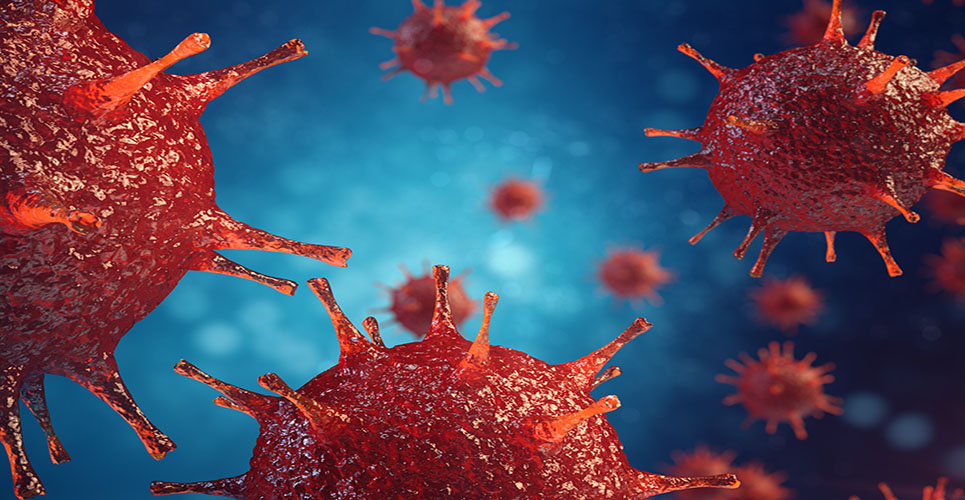teaser
A team of medical experts says a cure for MRSA has moved a step closer.
The researchers said they had developed a new method to identify specific proteins, which they say could be used to target antibiotic-resistant superbugs.
Lytic enzymes have already been singled out as a potential solution because they attack bacteria.
But until now, their full potential had not been unlocked because their ability to destroy harmful cells had been calculated on an ad-hoc basis by medical experts.
The scientists have discovered how to pinpoint the proteins exactly, increasing the chances of them killing off bacteria.
The lytic enzymes are normally found in body fluids such as tears, saliva and mucus.
Unlike antibiotics, most lytic enzymes kill only a limited range of bacteria, which allows researchers to target superbugs while leaving surrounding tissue intact.
Joshua Weitz and Gabriel Mitchell, quantitative biologists at the Georgia Institute of Technology, teamed up with Daniel Nelson, a biochemist from the University of Maryland, to identify the bacteria-killing characteristics of lytic enzymes.
The experts were able to determine, on a microscopic scale, the rate at which they pierce cell walls.
This can be fatal to bacteria because of their internal pressure – the piercing is analogous to removing the wire on a shaken-up bottle of champagne.
Writing in the journal Physical Biology, the researchers said: “We believe we have taken the first step down a road which will allow us to identify more enzymes, choose those with the best activity, and engineer even higher activity, to develop an effective therapy against a wide range of dangerous superbugs.”
They hope their findings will result in “push-button technology” to hasten the development of engineered enzymes for clinical use.
Copyright Press Association 2010

